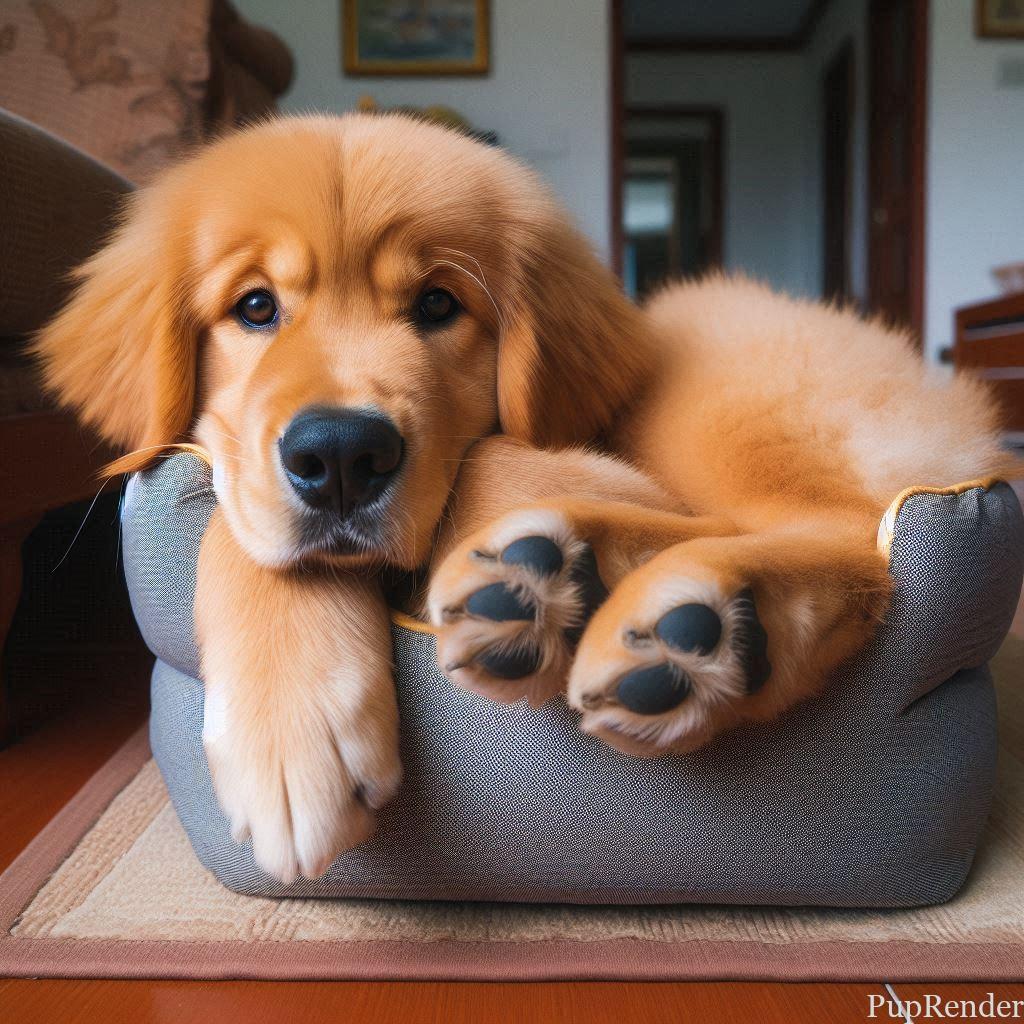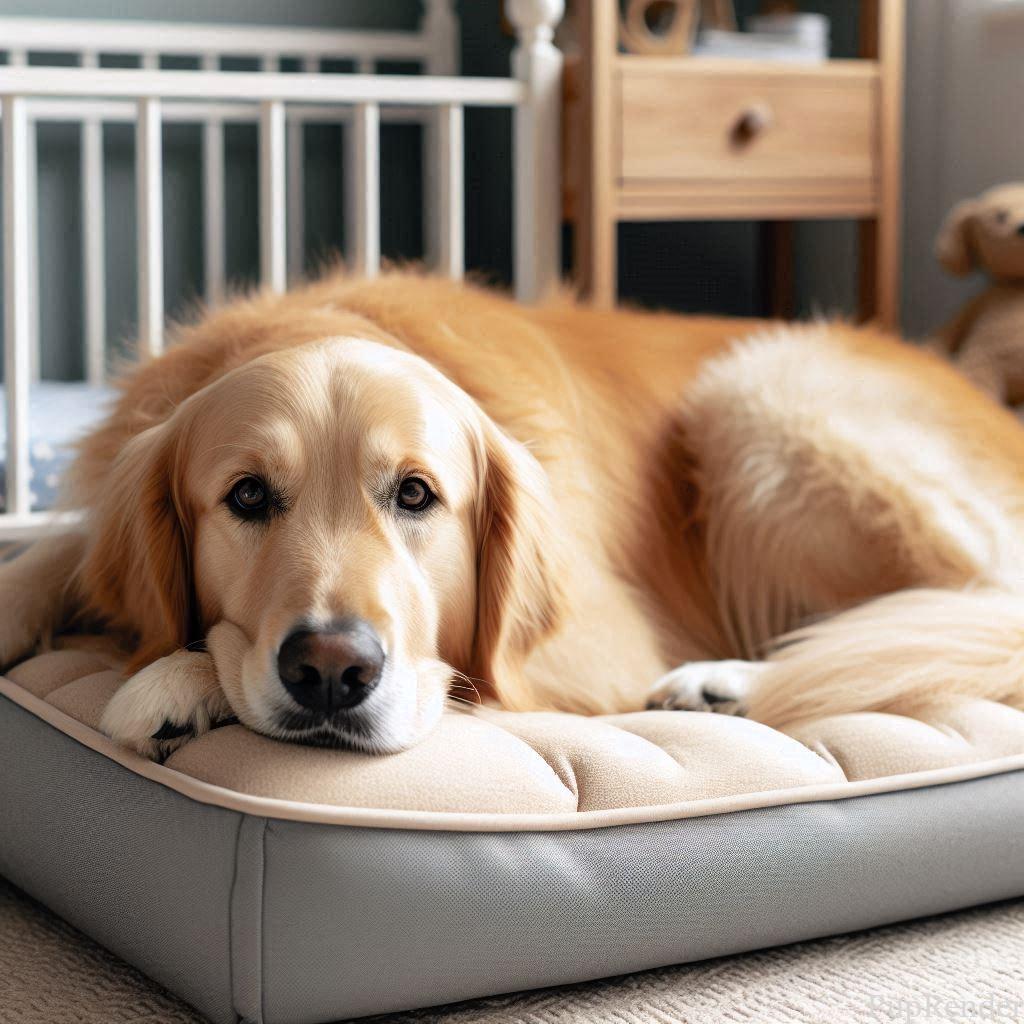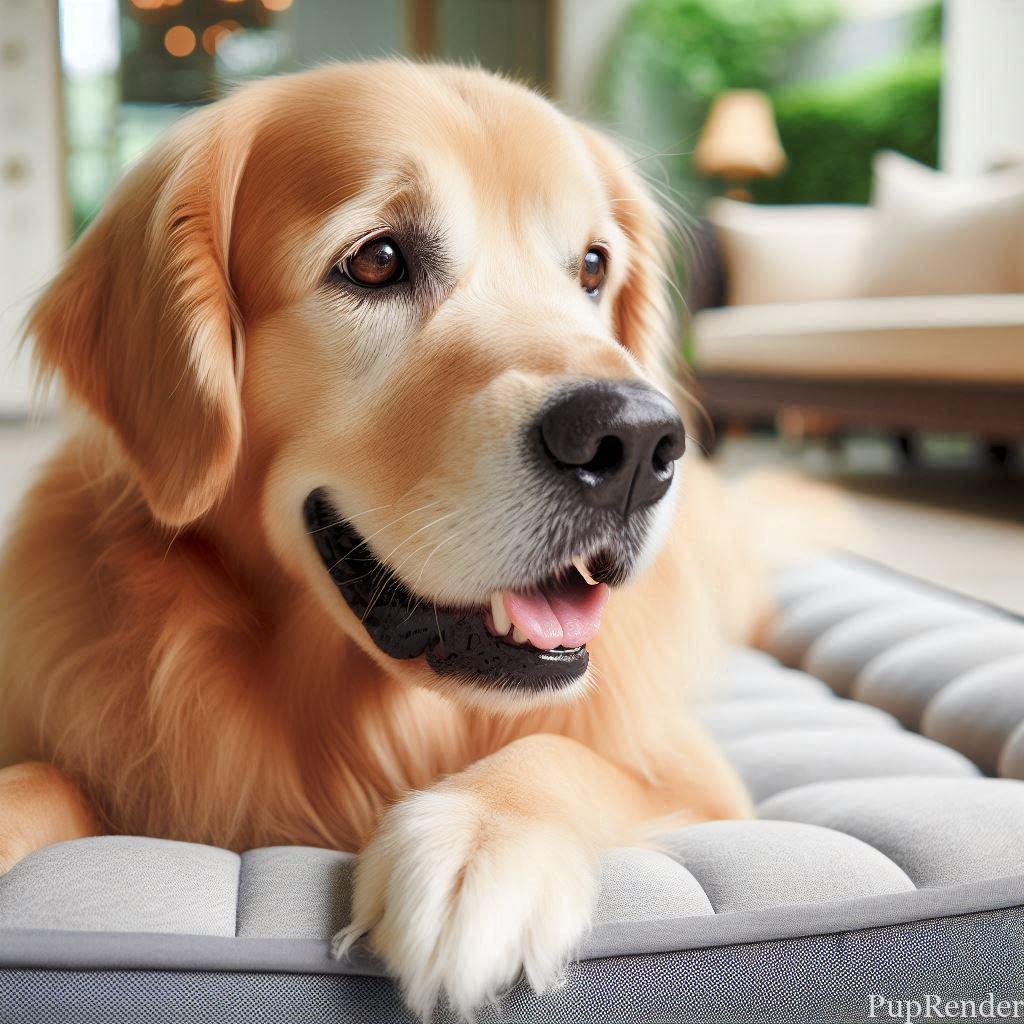How to Choose the Right Dog Bed for Your Dog’s Size
Finding the perfect dog bed can be a game-changer for your furry friend’s comfort and health. But with so many options out there, how do you choose the right one? Whether your pup is a tiny toy breed or a gentle giant, the size of the bed matters. Let’s dive into the essential factors to consider when selecting the best dog bed for your dog’s size and needs.
Why the Right Bed Size Matters
Choosing the correct bed size isn’t just about comfort—it’s about health and happiness. A bed that’s too small can make your dog feel cramped, leading to joint pain or discomfort. On the other hand, a bed that’s too big might not provide the snug feeling that many dogs crave. So, how do you strike the perfect balance?

Measuring Your Dog for the Perfect Fit
Before you buy, you’ll need to measure your dog while they’re lying down in their natural sleeping position. Add a few extra inches to ensure they have enough space to stretch out comfortably. Here’s a quick guide:
- Measure from nose to tail – This will give you the length of the bed needed.
- Measure from shoulder to shoulder – For the width, measure the broadest part of their body.
- Consider their sleeping style – Does your dog curl up into a ball or sprawl out? This can affect the bed size you should choose.
Different Bed Types for Different Dog Sizes
Small Dogs
Small breeds like Chihuahuas and Dachshunds often enjoy burrowing or curling up. Beds with raised sides or donut shapes are perfect for these pups. Look for options with soft, supportive material that caters to their petite size.
Medium Dogs
For medium-sized dogs like Beagles and Cocker Spaniels, a standard rectangular or oval bed with good padding usually works well. Make sure the bed isn’t too shallow, as medium breeds appreciate a bit of cushioning for their joints.
Large Dogs
Large breeds like Golden Retrievers and German Shepherds need spacious beds with extra support, especially for their joints. Orthopedic beds are a great choice to help distribute their weight evenly and prevent any pressure points.
To learn more about ensuring your dog stays comfortable and healthy, check out our article on How to Make Your Dog Happier Than Ever.

Materials Matter
The bed’s material is just as important as the size. Dogs with allergies or sensitive skin will benefit from hypoallergenic materials. For chew-happy dogs, opt for durable, tear-resistant fabrics. And for those dogs who like to dig before they settle, consider beds with washable covers for easy cleaning.
When to Upgrade Your Dog’s Bed
As your dog grows, ages, or develops health issues, their bed needs may change. Puppies might start with a smaller, chew-proof bed and upgrade as they grow. Senior dogs often benefit from beds with memory foam or orthopedic support to ease joint pain. Keep an eye on how your dog uses their bed, and be ready to upgrade when you notice signs of discomfort.
For more tips on dog care, don’t miss our post on 5 Dog Myths, Busted!

Wrapping Up
Choosing the right bed size and type for your dog isn’t just a luxury—it’s a necessity for their well-being. A well-fitted bed supports their body, encourages restful sleep, and keeps them happy and healthy.
For more insights on keeping your pup cozy, check out our guide on How to Make Your Dog’s Home Comfortable. And if you’re looking for expert advice, consider visiting The American Kennel Club for their extensive resources on dog care.





